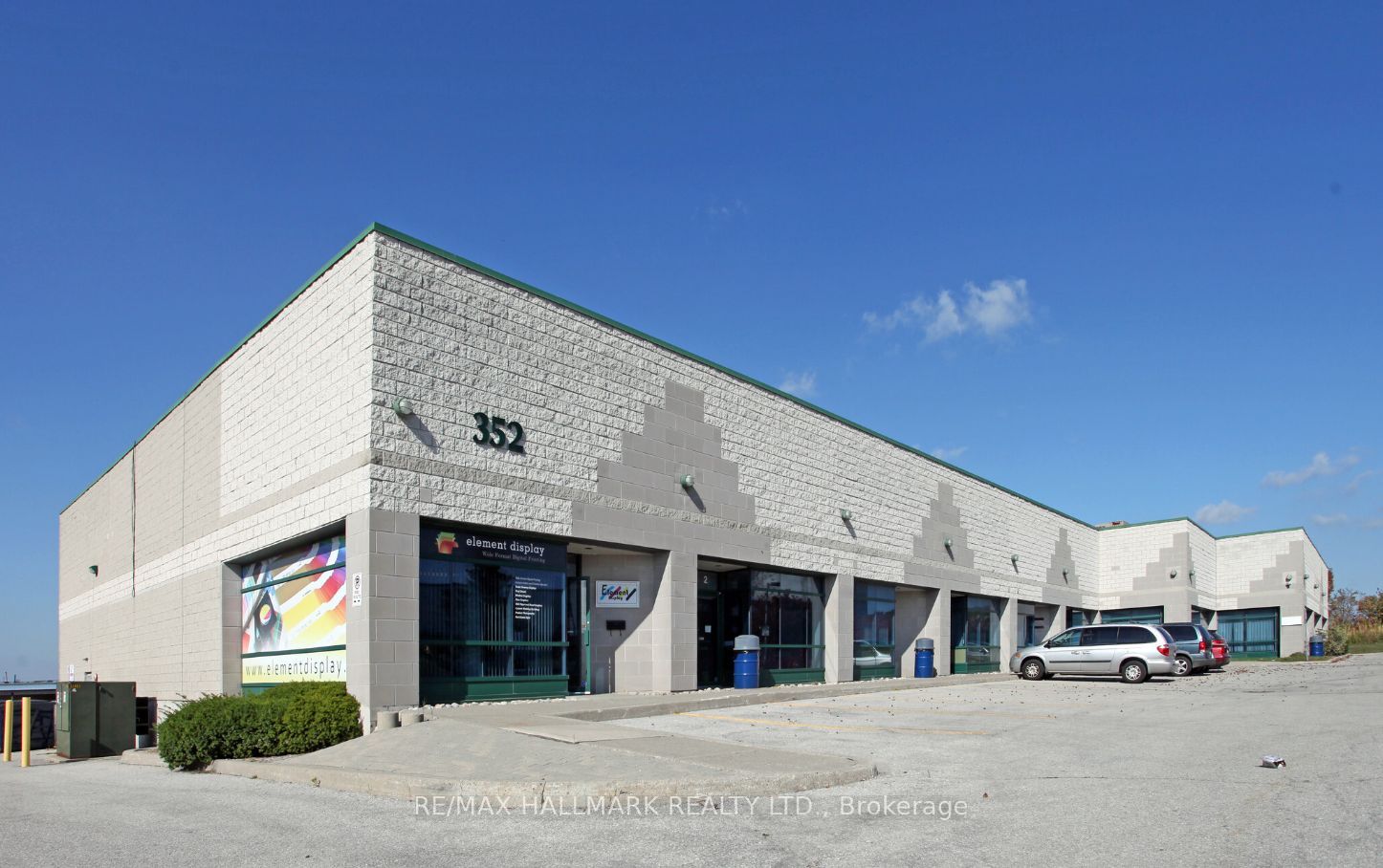3 Trends Driving Greater Resilience In Commercial Real Estate

3 Trends Driving Greater Resilience In Commercial Real Estate
While commercial real estate companies are still dealing with the uncertainties driven by the pandemic, many have found new ways to complete projects and serve clients. Some segments of the industry have even thrived during the pandemic.
This challenging new way of life prompted astute leaders to seize on opportunities. They accelerated the pace of digital innovation, redefined business processes and models, diversified asset classes and leaned into predictive analytics to help guide their decisions. As a result, many are optimistic about their prospects for the new year.
According to Colliers’ 2022 Global Investor Outlook, 87% of investors are optimistic about the economic outlook and “intend to maintain high real estate allocations even though pandemic-related uncertainties have not fully lifted.” That sentiment is buoyed by investor optimism about today’s market liquidity, “with many commenting on the incredible levels currently available. After a record-setting 2021, 2022 is lining up to be even stronger.”
Throughout the pandemic, Capital One’s commercial real estate team has been supporting its clients with financing and asset class investment needs. John Hope, senior vice president and head of originations for the West region at the bank, recently talked with The Business Journals about trends related to industry growth areas and how commercial real estate companies can continue to drive resilience during challenging times.
1. Investors are making choices based on market demand and the need for asset diversification
According to the Colliers report, the top three sectors commercial real estate investors are most likely to target in 2022 are industrial and logistics (67%), multifamily (53%) and office (45%).
The industrial and logistics sector is benefitting from a demand for products, a rise in online shopping and the need to have warehouses and delivery services close to consumers. Multifamily is attractive because of favorable financing and its reputation as one of the safest asset classes. Meanwhile, the office market is also showing signs of stabilization.
The pandemic showed it’s difficult to predict where the next stress or challenge will show up. As the market continues to adapt to this changing landscape, many investors are focusing on balancing their portfolios based on risk appetite and the opportunity for greater returns. For example, Hope said, some asset classes may be considered higher risk but are attractive buying opportunities that present investors with better relative returns, while others may be considered safer investments.
Similarly, the same property could be more or less valuable to individual buyers based on their existing portfolios; even if it’s not the best near-term growth opportunity, it could have the potential to positively impact the total portfolio in the long term.
2. Regional diversification will be important for office investors
As investors eye the office market, Hope said they’ll need to keep tabs on where talent is located and where it is moving. Reports show that big cities such as New York, San Francisco and Los Angeles were the top places people left in 2020 as they took advantage of remote work and moved to locales with fewer people, a lower cost of living and more room to spread out. “Investors should consider that jobs are moving with people these days as opposed to people having to move to take a job,” Hope said.
While investors will always be interested in markets like New York, San Francisco and Los Angeles, regional plays to other target areas are becoming more attractive. Office markets in the Sunbelt like Nashville, Austin, Charlotte and Raleigh are seeing a lot of investor demand, Hope said.
“Are people going to look for value plays in New York? Sure,” Hope said. “Are they also going to look at growth plays in a market like Nashville, too? Yes. We expect flexibility to be baked into any office investment strategy.”
Hope shared that investors’ considerations will include whether it’s a short-term investment or a longer-term investment as well as the expectations and risk appetite of capital partners.
3. Companies are embracing organizational and technology agility
Some commercial real estate companies and investors may have more confidence in 2022 knowing they’ve been able to adapt and persevere through the pandemic-induced disruption, Hope said. On the organizational side, leaders initially focused internally to boost communication, engage teams, keep morale high and make sure operations were sound so the business plan could be executed.
Technology agility came in the form of virtual leasing and construction monitoring, 3D property walkthroughs, digitizing documents and turning to tools like Google Earth for site inspections. Many companies didn’t miss a beat and even became more productive, according to Hope.
“At first, CRE [commercial real estate] companies had to make these changes because it was a matter of functioning or not,” Hope said. “Over time, they saw a huge amount of productivity gains that came out of it. It’s now morphed into, ‘This is something we want to do.’”
As companies continue to stay agile in the face of uncertainty and build upon the resilience they’ve developed over the past two years, Hope said, communication and relationships will continue to be foundational to their success.
“We’re relying on relationships more than we ever have,” Hope said. “CRE companies have demonstrated their agility and flexibility in finding new ways to communicate with employees and engage with clients and still have business success.”
Source The Business Journals. Click here to read a full story










User Login | Mar 26,2023
Very nice post. I just stumbled upon your blog and wanted to say that I’ve really enjoyed browsing your blog posts. In any case I’ll be subscribing to your feed and I hope you write again soon!